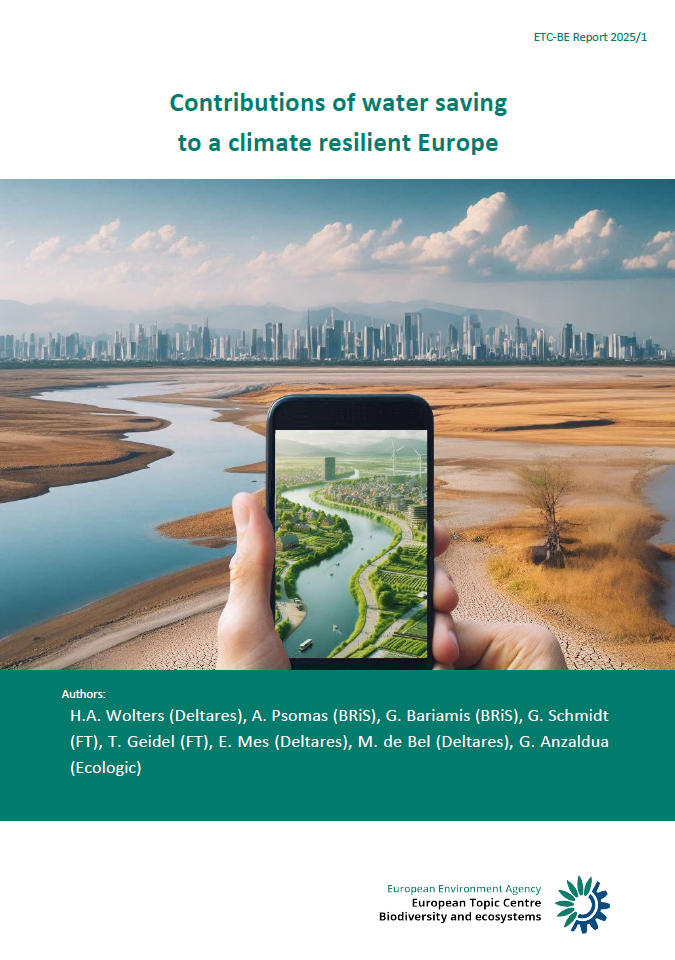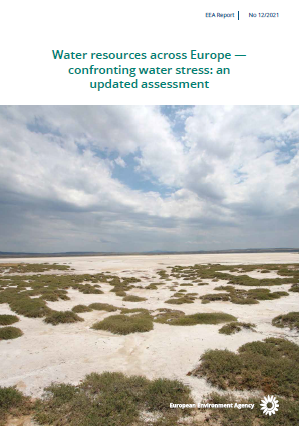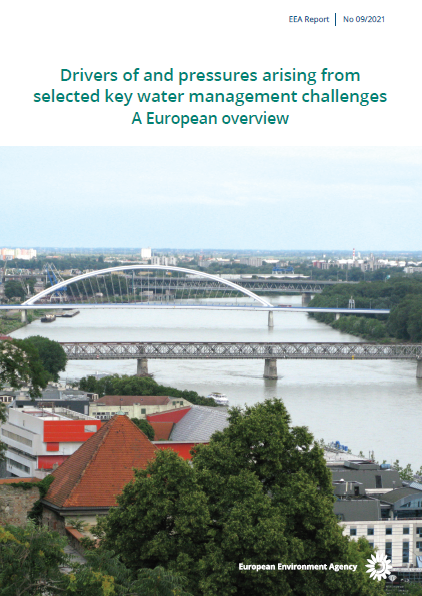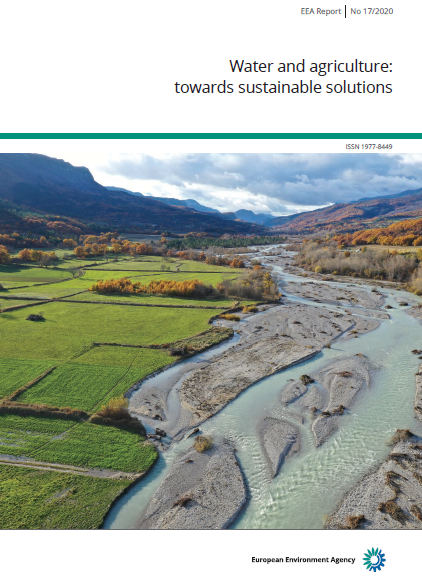
© EEA | ETC-BE, 2025
Contributions of Water Saving to a Climate Resilient Europe
ETC-BE Report 2025/1
- Publication
- Citation
Wolters, H., Psomas, A., Bariamis, G., Schmidt, G., Geidel, T., Mes, E. M., de Bel, M., & Anzaldúa, G. (2025). Contributions of water saving to a climate resilient Europe (ETC BE Report 2025/1). Zenodo. https://doi.org/10.5281/zenodo.15533040
This ETC-BE Report examines how targeted water-saving interventions can bolster the resilience of both ecosystems and key economic sectors in the face of climate change. The central question is: Which technical, economic and governance levers can unlock the water-savings potential in agriculture, electricity production, manufacturing and public water supply, and how can these be operationalized? Gerardo Anzaldúa and Levin Scholl (Ecologic Institute) explored how the industrial sector in Europe is dealing with this question, and provided critical insights on potentials and enablers.
Water-saving as a Pillar of Resilience
Europe's annual freshwater abstraction totals roughly 200,000 million m³, of which an estimated 10–40 % is technically recoverable through efficiency gains. In agriculture, optimizing crop water productivity could help yield 5–20 % savings via leak reduction and modernization of irrigation infrastructure. Likewise, the power sector’s shift to closed-loop cooling or air-cooled condensers can contribute to deliver 45–95 % reductions in freshwater withdrawals. Public water utilities could curb losses by 20–50 % through measures like advanced non-revenue water management.
Technological and Operational Measures
- Irrigation system upgrades: Replacing open canals with lined conveyance and transitioning from flood to drip irrigation can enhance field-level irrigation efficiency by up to 20 %.
- Cooling technology retrofits: Converting from once-through to recirculating cooling circuits, installing air-cooled systems, or using waste heat from industrial power plants or district heating systems can cut freshwater demand by nearly 100 % locally.
- Precision agriculture and smart metering: Deploying satellite-based soil-moisture sensors and automated valves can enable demand-driven irrigation, unlocking an additional 20–40 % of savings.
Governance Frameworks and Economic Instruments
Efficiency gains depend on robust enablers: clear water-abstraction rights, cost-recovery tariffs aligned with the polluter-pays principle, targeted subsidies for efficiency retrofits, and stringent compliance mechanisms. Transparent data platforms and stakeholder engagement – as exemplified by the IRRINET network in Emilia-Romagna – foster uptake through participatory planning and capacity-building.
Towards a Water-Resilient Future
To realize savings at scale, EU water and climate policy must be tightly integrated: establish sector-specific water-efficiency targets, mobilize investment via green financing instruments, and deploy real-time digital monitoring. Only by embedding these measures can Europe harness the full 10–40 % abstraction-reduction potential and secure a truly climate-resilient water economy.






